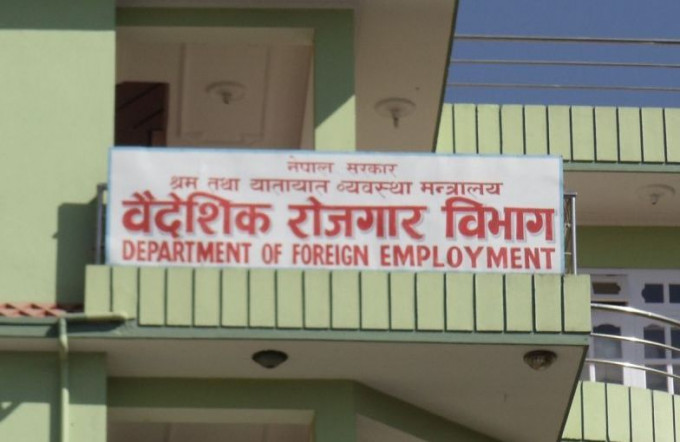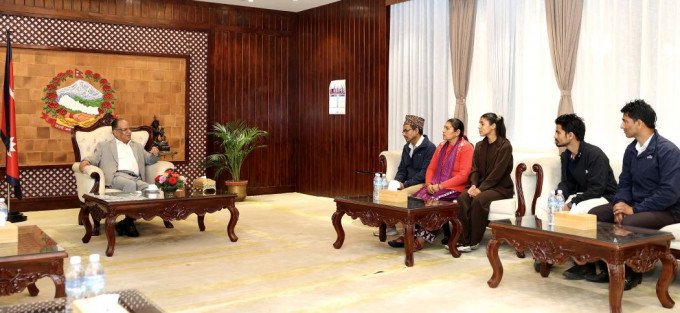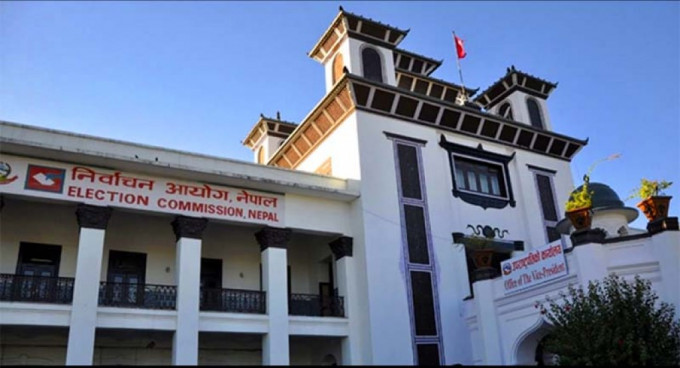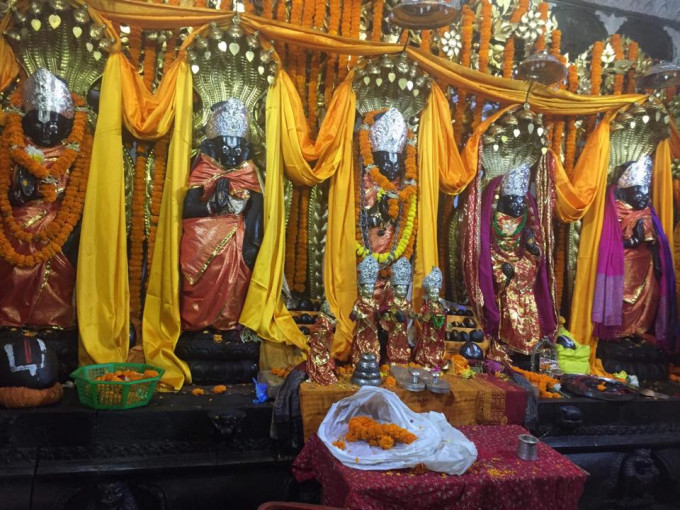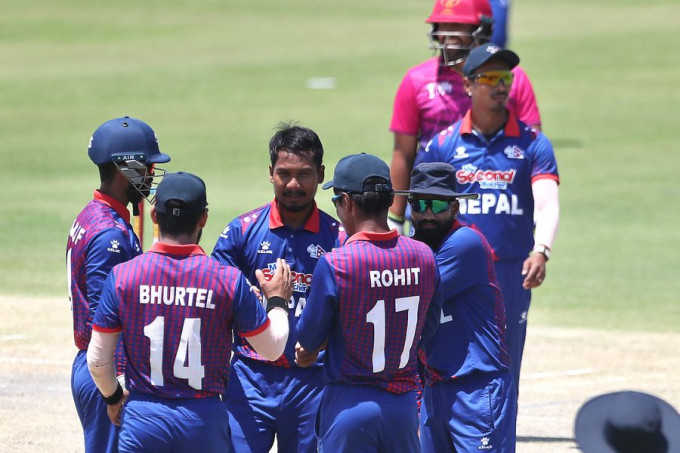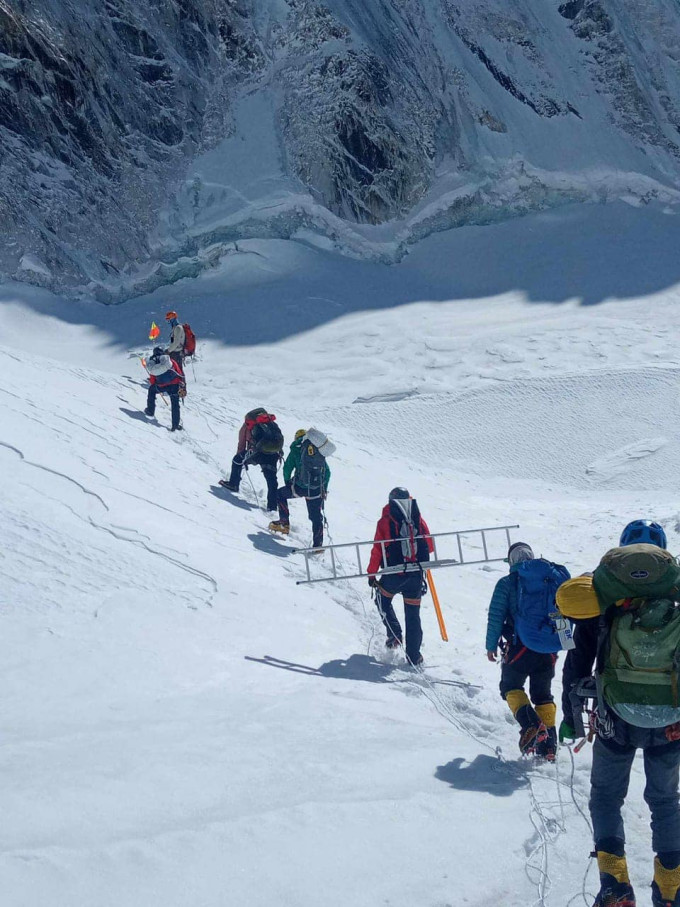A 60-year-old woman from Madi municipality-1 in Chitwan district died of Japanese Encephalitis. She died after returning home from the hospital where she had been receiving treatment.
According to the district's health office chief, Durga Dutta Chapagain, nine cases of Japanese encephalitis have been confirmed so far.
On August 22, the deceased was admitted to Bharatpur hospital due to a headache and fever. In the district, nine cases of Japanese Encephalitis have been confirmed out of 22 tests.
According to the office, four cases of Japanese Encephalitis have been identified in the Bharatpur metropolitan city, including two in the Madi municipality and one each in the Rapti, Ratnanagar, and Kalika municipalities.
The infection was discovered in the first week of August, and there have been nine JE cases as of September 3. Chapagain, shared office chief, believes this is the first time the district has addressed the situation at this level.
Five females and four males aged 29 to 77 were infected. The World Health Organization (WHO) describes the Japanese Encephalitis Virus (JEV) as a flavivirus related to dengue, yellow fever, and West Nile viruses that is spread by mosquitoes.
When one case of JE is identified, there could be 300 hidden cases because, according to the WHO, the infection is mostly asymptomatic and has mild, short-lived symptoms.
According to Office Chief Chapagain, based on the WHO assessment, the district is likely gripped by the JE epidemic, with as many as 2,700 cases across the district.
In 2018, 2020, and 2021, the district reported one case each year, with no cases reported in 2019.
According to the WHO, the virus is spread to humans through the bite of infected Culex mosquitoes, which lay their eggs in irrigated rice paddies and other pools of stagnant water. Pigs and birds serve as vertebrate amplifying hosts.
The first case of JE was discovered in Nepal in Rupandehi in 1978, and a nationwide campaign against it began in 2004.
Nepal observed a national campaign to contain the infection in 2006, 2011, and 2016, and vaccination against JE has been included in the national immunization schedule since 2009. It is given when a child reaches the age of 12 months.
According to WHO, the fatality rate can be as high as 30%, with permanent neurologic or psychiatric sequelae occurring in 30%-50% of those with encephalitis.
The infection is most common between April/May and September/October. According to Dr. Govinda Kunwar of Bharatpur Hospital, pigs and ducks are primary carriers of the virus, which is transmitted to mosquitoes when they bite infected animals, and then to humans when the same mosquito bites humans. It is not passed from person to person.
The district's rural areas appear to be at risk of infection. High fever, headache, vomiting, unconsciousness, stiff neck, and body tremor are all symptoms.
Staying away from mosquito bites is the best way to avoid infection, and mosquito population control was required for this. Similarly, it is preventable through vaccination, proper animal farming management, and handling.
READ ALSO:

